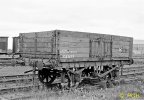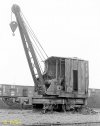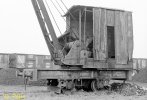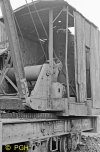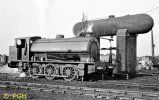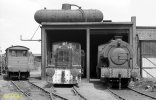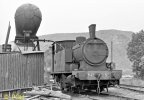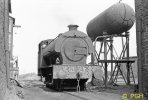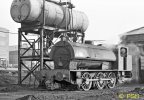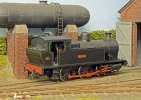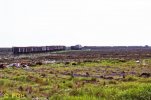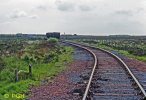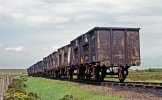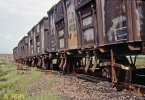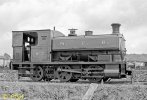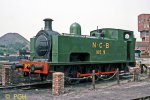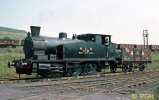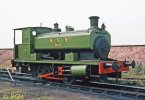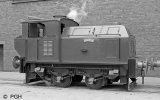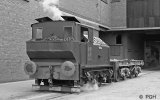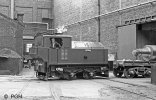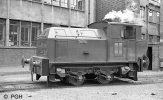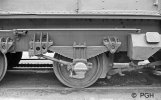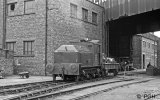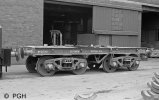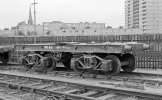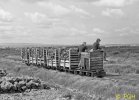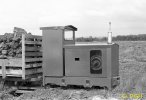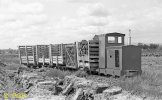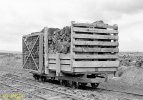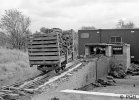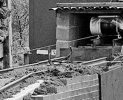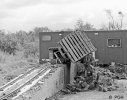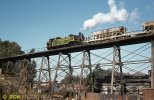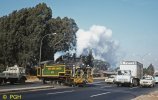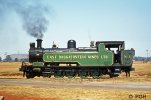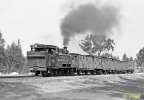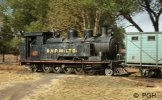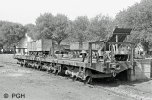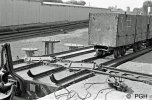In addition to the two locos already noted, the following were also at Polkemmet since 1969.
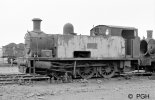
No.16 0-6-0T Hudswell Clarke 1331 of 1918, acquired by the NCB from Wm.Dixon Ltd. with the colliery on Nationalisation on 1/1/1947.
It looked very much out of use when photographed in September 1969 but was transferred to Killoch Colliery two months later and scrapped there in April 1970.
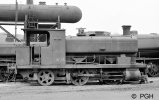
No.15 0-4-2ST Grant Ritchie 539 of 1917, here since Nationalisation. In 1970 the boiler was fitted to Andrew Barclay 1829 (which see) and the chassis scrapped in July 1973
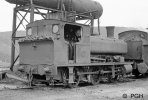
No.8 0-6-0ST Andrew Barclay 885 of 1900, the third of the three locos here at Nationalisation. It was sold to the Cambrian Railway Preservation Society, Oswestry, circa November 1977
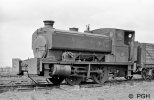
No.22 0-4-0ST Andrew Barclay 1007 of 1904, arrived here about December 1965 after several colliery transfers. It was scrapped on site in July 1973
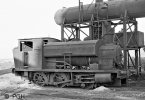
No.25 0-6-0ST Andrew Barclay 2358 of 1954, supplied new to the NCB at Niddrie Railways which served various collieries and it arrived at Polkemmet about December 1972. It was sold to the Ayrshire Railway Preservation Group, Dalmellington in August 1981.
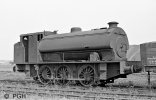
No.17 0-6-0ST Hunslet 2880 of 1943, originally supplied to the War Department it was purchased by the NCB from dealer E.C.Steele Ltd. of Hamilton circa February 1961. It was sold to the Bo'ness & Kinneil Rly. in August 1986.
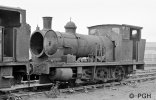
No.12 0-6-0ST Andrew Barclay 1829 of 1924, arrived at Polkemmet in March 1965.
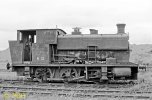
In 1970 it was rebuilt with the boiler and saddletank off Grant Richie 539. In June 1979 I found it dumped off the track minus wheels and I was told it was intended to use these on the similar loco Andrew Barclay 2358, but I don't know if this was ever carried out. It was scrapped on site about January 1987.









